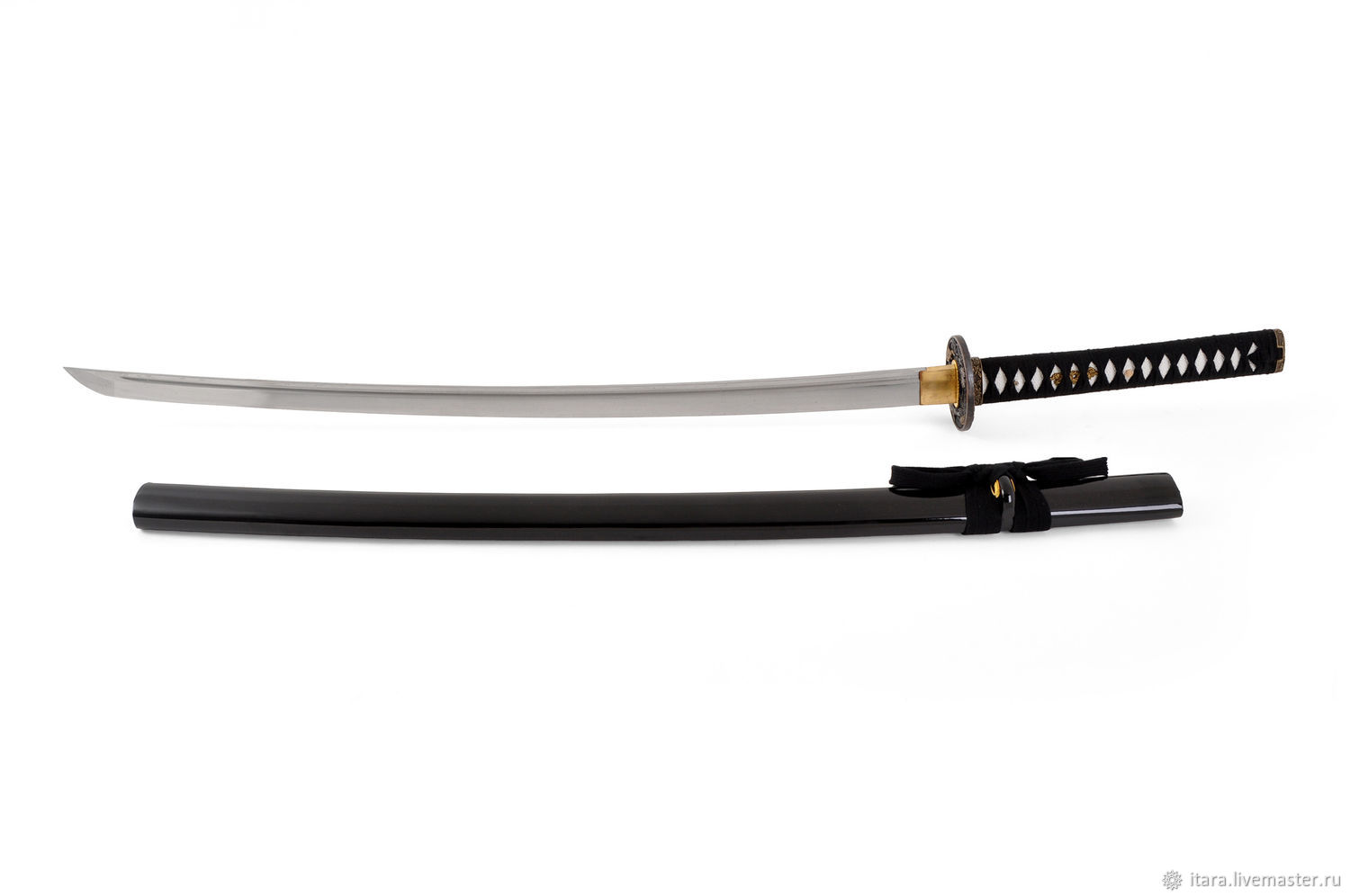The Katana is the ultimate Japanese sword. Its timeless appeal has attracted generations of samurai and non-samurai alike.
A katana’s defining feature is its wavy line, known as the hamon. This wavy pattern is the result of differential heat treatment, called yaki-ire. This process gives the blade a superior edge with a hardness that allows it to cut through anything, and a tougher body and spine to absorb shock.
The Blade
The katana is a long sword that was used by Samurai warriors. It had a single-edged blade which was razor sharp and curved, making it easier to use when fighting. It replaced earlier straight swords such as the tachi and the chokuto.
To make a katana, the traditional steel known as tamahagane is created by heating iron sand and charcoal in a clay tatara furnace. The process allows the carbon content to vary, creating a mixture of hard, brittle steel and soft, flexible metal.
The katana was often engraved with the names of Shinto and Buddhist deities or with mantra, allowing warriors to draw strength from these spiritual forces. They were also kept in more minimal storage mounts called shirasaya that consisted of an undecorated case and handle. A groove carved into the body of the blade known as a bo-hi helps reduce the weight of the weapon while maintaining its structural integrity. It can also be used to adjust the balance point of the sword.
The Tsuka
Traditionally, katana are made from a specialized Japanese steel called tamahagane. This steel is created by a traditional smelting process that creates several layers of different carbon concentrations. When smiths heat and rapidly cool the tamahagane, it causes the edge of the blade to become much harder than the body and spine. The difference in hardness allows the sword to have both exceptional sharpness and durability.
A wavy line in the body of the blade, known as the Hamon, is a visual indication of this differential hardening. The Hamon is determined by the smith and can vary in style and intensity.
Unlike western swords, which focus on practical utility, the Katana was designed with more emphasis placed on artistic qualities. This is reflected in the design of the Tsuka (handle) and Saya (scabbard). In fact, many older and unbroken Katana are appraised as works of art and are often displayed in museums and shrines. They are also often used in ceremonies and rituals as a symbol of power.
The Saya
Unlike samurai swords of other eras, which were worn with their edge down, the katana is carried with its cutting edge facing upward. This allows for both drawing and cutting in one motion. It was developed in response to the changing nature of battle from mounted combat to close quarters fighting.
It was also developed in order to enable fast response sword movements such as the descending cut known as ten-uchi. This is achieved by a fluid motion of the arm and wrist that causes the blade to snap back at the last instant as it is swung down, almost like wringing out a wet towel.
It was forged using the traditional Tatara-buki method which uses black iron sand from local beaches, and creates a steel that is both strong and very sharp. It was a complex process that attempted to achieve three conflicting qualities; the ability not to break, to bend and to be able to cut very sharply at the same time.
The Ceremonial Process
Once the katana has been forged and polished, it is sent to the owner. The polishing process can take up to two weeks as the blade is rubbed down with increasingly finer silicate particles until it is polished to a mirror-like finish. Each swordsmith’s individuality is strongly reflected in the sword’s unique surface pattern, or jihada.
The katana is made from a specialized Japanese steel called Tamahagane, created through a traditional smelting method that creates layers of different carbon concentrations. When these wafers are flattened, heated and hammered together, they become enmeshed in an exquisite pattern that gives the katana its renowned strength and beauty.
The Tamahagane is then folded to create Shingane (center metal), Munegane (back metal) and Hanokane (blade metal). Then the Gawagane is forged to make it twice as long as the Core metal. The entire blade is reheated in charcoal for another heat treatment called Yaki-ire, which tempers the metal and creates its signature wavy pattern known as the hamon.The keywords I will use are
